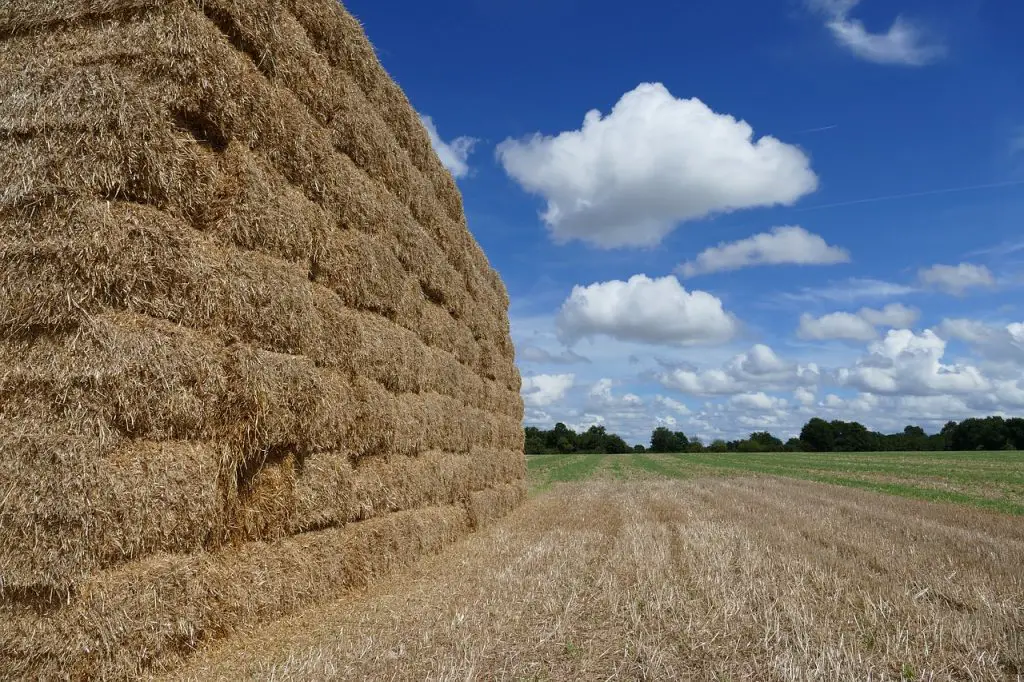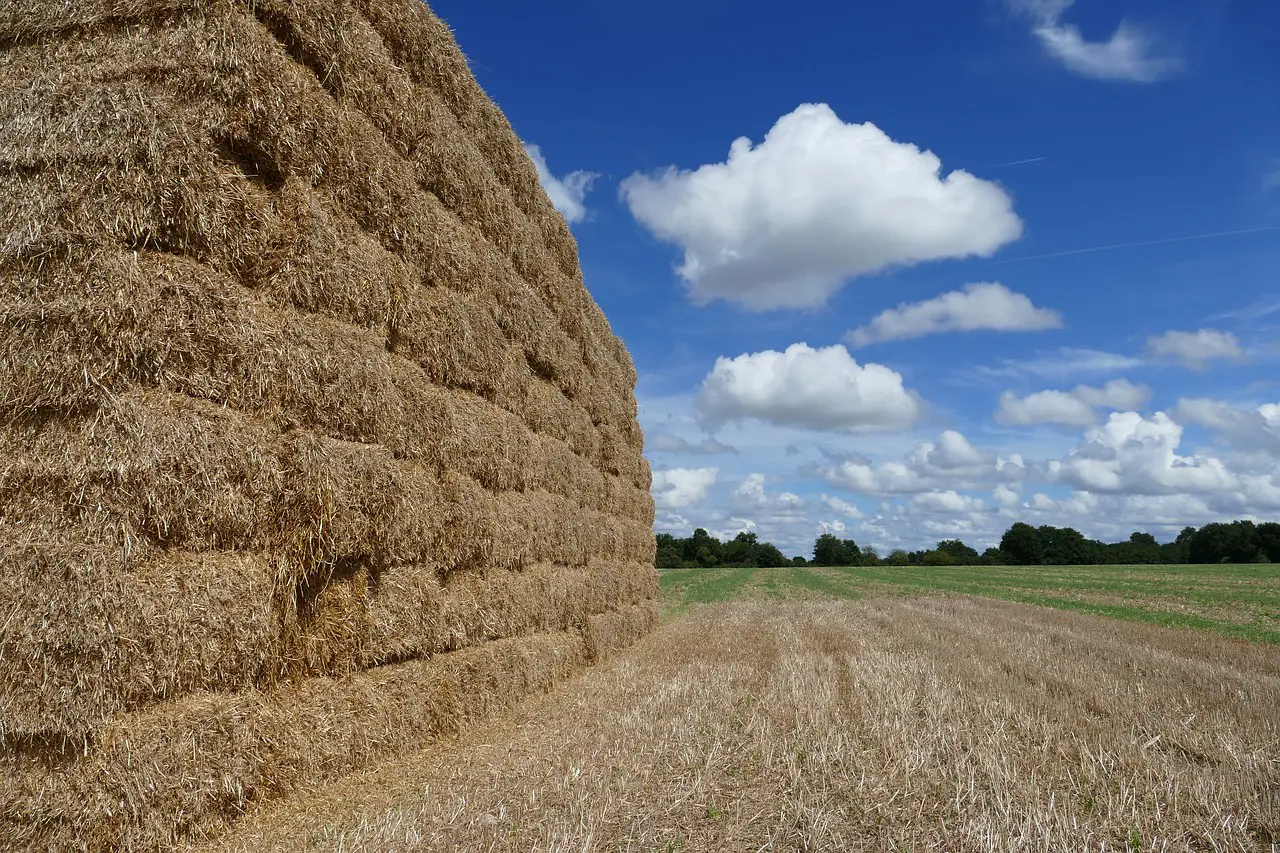Last Updated on February 21, 2022 by Allison Price
Hay is the preferred diet for horses and a valuable commodity for horse owners. When our hay stock is low, we research the best suppliers. We care so much about our hay, why do we let it go to waste? Horse owners are all too likely to lose whole bales of hay due to poor storage practices. Your hay storage can also have an impact on its nutritional value and safety for your horse.
Are you storing your hay properly? These seven rules will help you store your hay properly.
Keep Hay Out of Your Barn
Haylofts are a traditional way to store hay above horse barns. Haylofts can be dangerous. Hay is extremely flammable and can become internalized, causing it to produce enough heat to ignite itself. The fire spreads from the hayloft into the barn.
Your hay will be safer if it is stored in a separate structure from your barn. You should ensure that the building doesn’t leak or has adequate ventilation. You can bring in a few bales every other day to make life easier. You can protect your barn, horses, and hay supply by doing this.
Get Hay on Pallets
Hay should never be stored directly on the ground or floor. This will stop air from flowing underneath the hay. The bale will be damaged if moisture seeps up from the damp ground. You can allow air circulation underneath the hay by using pallets to prevent moisture buildup.
You can safely store hay on concrete floors, but don’t let that fool you. Concrete flooring can sweat in the spring and autumn, which will cause moisture to build up in your bales. No matter the season, pallets are the best option.

Alternate Hay Orientation
Alternate the orientation of your bales when stacking hay. The long ends of the bales should face up when stacking the first layer. To prevent them from packing too tight, leave a few inches between each bale. Make sure that the string side faces up when you stack the next layer. Keep stacking layers in a different order so air can circulate better throughout the pile. This will tie the stack together and allow for ventilation.
When stacking large round bales of straw, it is best to align them as closely as possible. You will need at least three feet between rows if you have multiple lines.
Stack Hay Safely
Hay stacks can be dangerous if they are too high or poorly arranged. Bales can easily fall and the whole stack can tumble. It is important to observe a few simple rules to ensure safety when handling stacked hay. The bottom layer of stacking should be wider than that at the top. You should stack fewer bales on each level and arrange them so that no bale hangs over the edge.
You want the stack to be stable by creating a pyramid-like shape. This will allow you to climb the stack safely if necessary and reduces the risk of it collapsing.
Moldy Bales Must Be Removed
Bales that are unusually heavy may have moldy centers. These bales should be broken apart. Don’t leave them alone if you find moldy bales. It is important to remove them completely. You can compost or use it in gardening but you shouldn’t keep it in your barn.
Accidentally feeding horses moldy hay can lead to serious consequences . Mold can cause colic, and other complications. You should always be looking out for mold in your Hay. While proper hay storage can help to prevent mold, it still happens. Mold can be found in your home. You should inspect the environment to prevent it from occurring again.
Keep Hay Safe
It is best to keep hay indoors, where it can be shaded from the sun and moistened by moisture. These two factors can cause hay to become unusable. Check the ground for any dark spots that could indicate a new roof leak before you bring it in. Hay storage can be destroyed by even a small amount of water.
You don’t have the option of storing your hay outdoors, so find a way that will protect it. You can either use a carport or plastic sheeting to protect your hay from the sun and moisture. Make sure you check your hay often to ensure animals and wind don’t damage the tarp.
Keep Old Hay Up Front
You should stack your new hay shipment so you can access it easily. Although it is more work, it will save you time and money. To prevent hay from going bad, it is important to always feed old hay first. To make it easy to access the old stuff, plan out how your hay stacks will be arranged.


